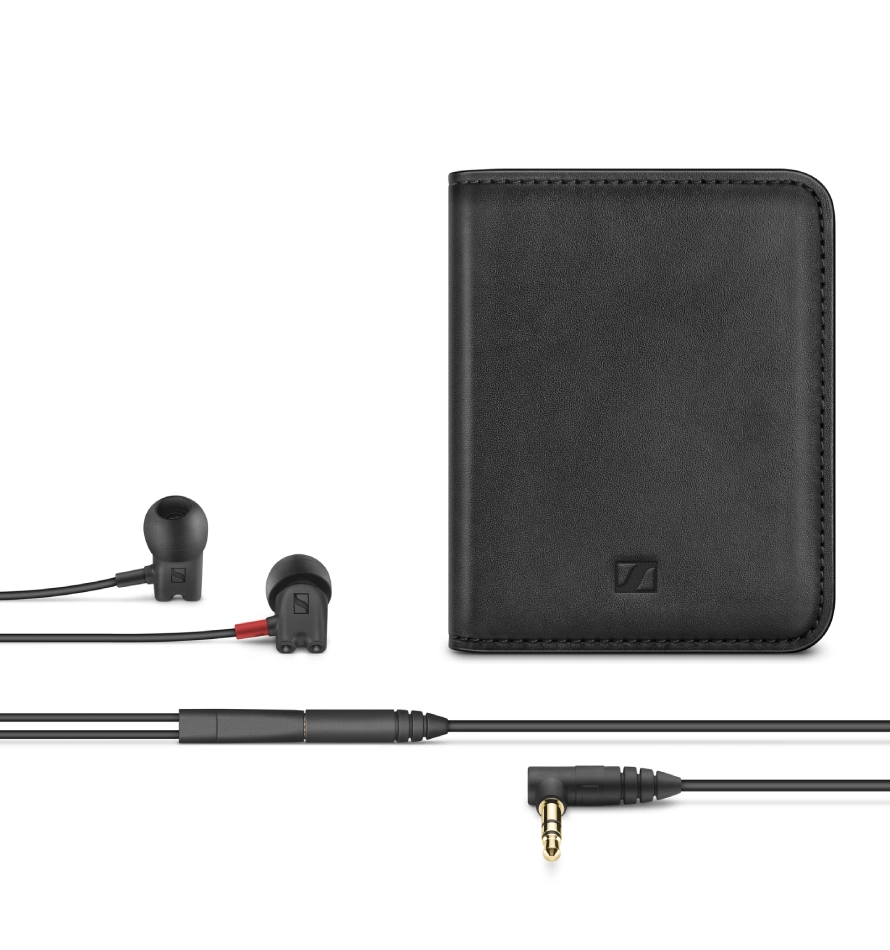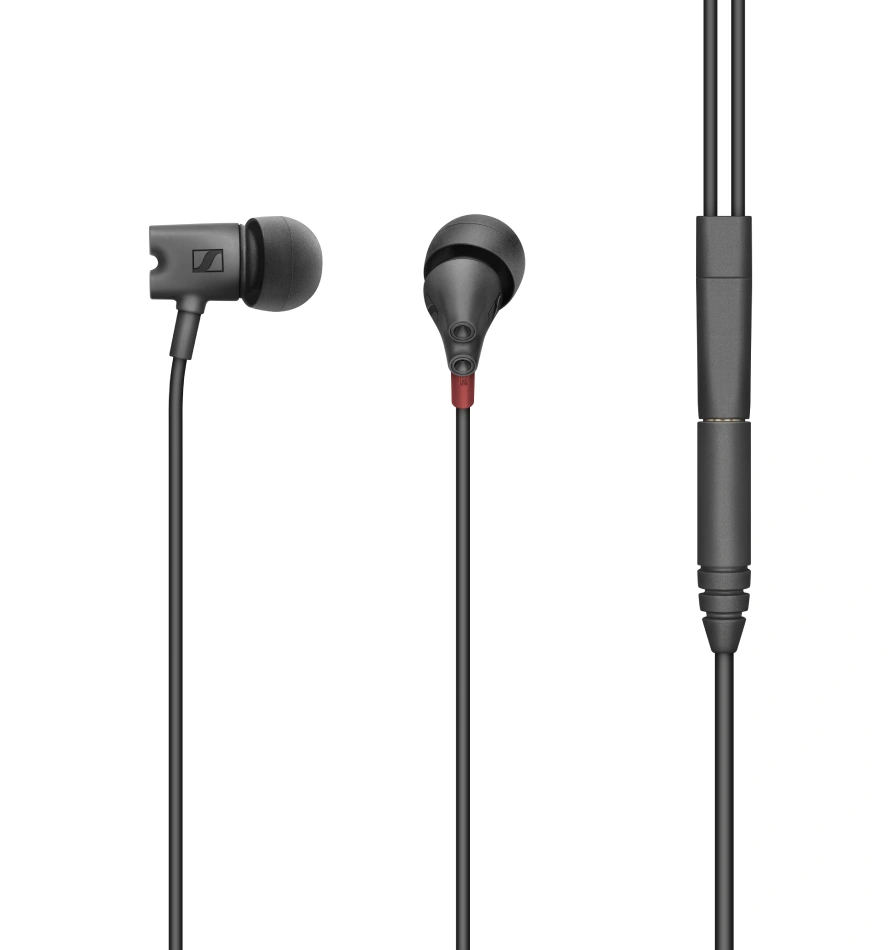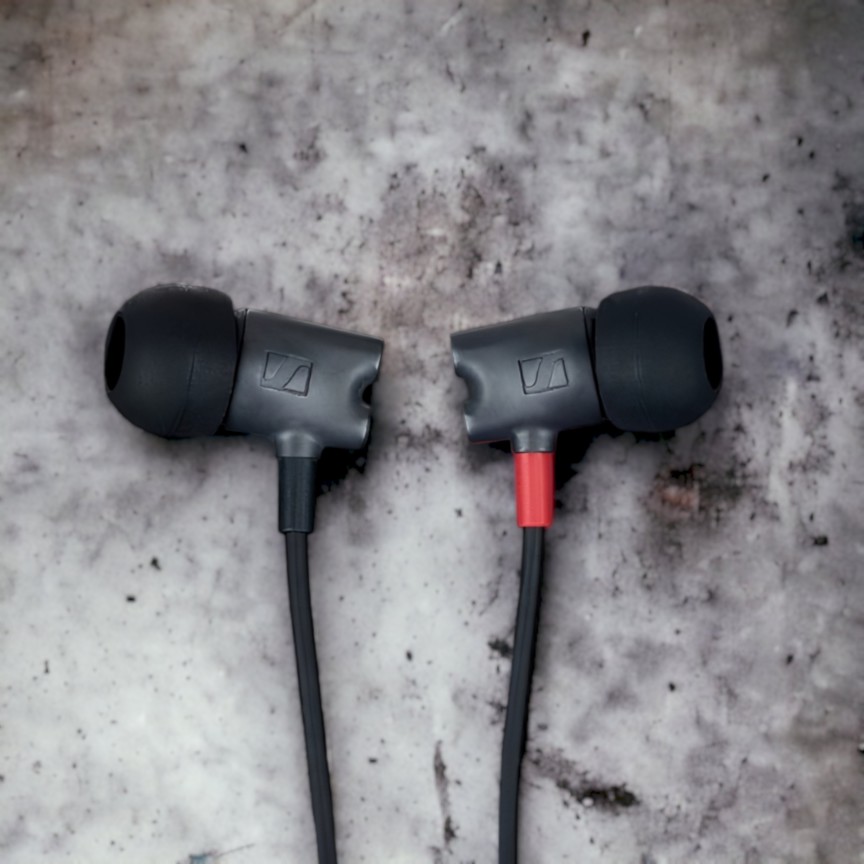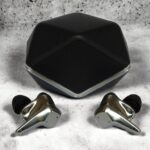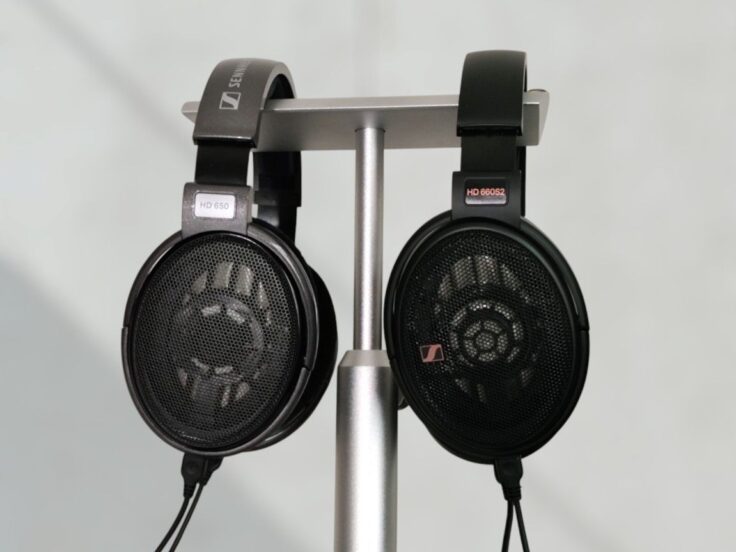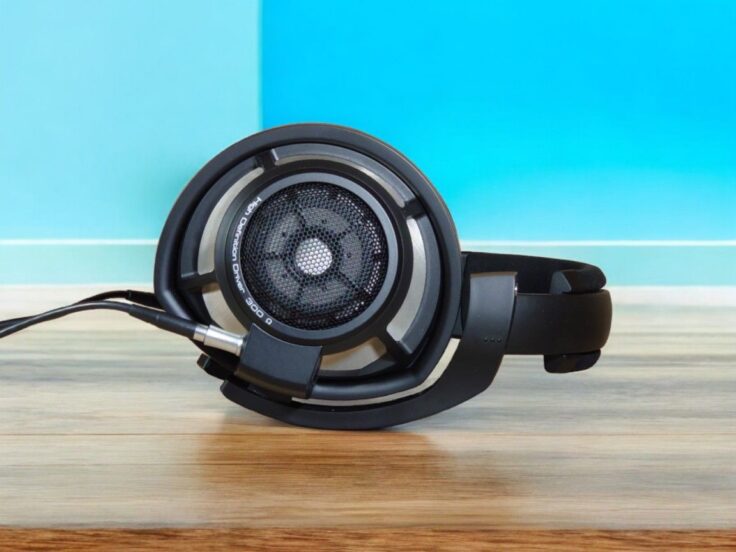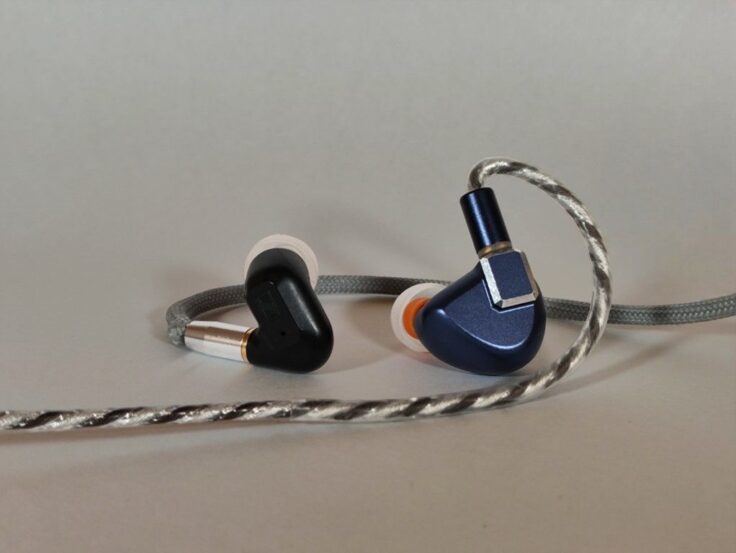This is a short review of the discontinued IE800S in-ear monitor. The MSRP at launch in 2017 was $999.
The Sennheiser IE800S in-ear headphones feature single 7 mm drivers mounted in ultra-tiny 8 g ceramic earpieces. The impedance is rated at 16 ohms. It comes with a practical real leather semi-open travel case. These headphones are designed to be worn with the cable straight down from the ear, not over the ear “ear-hook”-style.
Build quality is excellent. They are made of a ceramic material that’s very durable and look gorgeous. The cable is nice and light with a slightly rubbery texture. It detaches at the Y-split in a 2.5mm plug with 4 connectors (TRRS). This can then be adapted into anything you’d need. Sennheiser has included three extension cables: 3.5mm single-ended, 2.5mm balanced and 4.4mm balanced. The Y-split is a bit short if you want the headphones cable running down the back of your neck.
The nozzle is very short and Sennheiser has opted for semi-proprietary tips. Finding third-party tips that do not fall off can be a challenge. However, both Azla Sedna Crystal tips and Comply foams work.
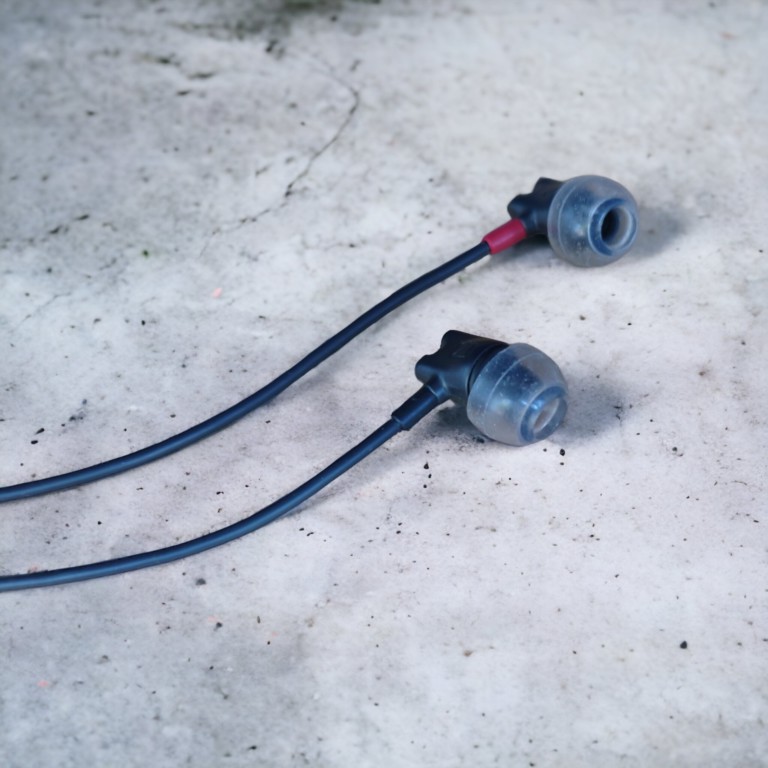
SPECIFICATIONS
- SKU: 507360
- Housing material: Ceramic
- Transducer: 7 mm single dynamic driver
- Frequency response (speaker): 5 Hz – 46,500 Hz
- Ear coupling: In-Ear
- Sound pressure level (SPL): 125 dB (1 kHz, 1 Vrms)
- Total harmonic distortion (THD) < 0.06% (1 kHz, 94 dB)
- Cable: Connector 2.5 mm TRRS at Y split. 3 extension cables are included: 3.5 mm unbalanced and balanced 2.5 and 4.4 mm
- Impedance: 16 Ω
- Attenuation: -26 dB
- Weight: 8 g per piece
The IE800S is by far the smallest piece of HiFi I have ever reviewed or reviewed: They are miniscule, almost too small to be handled. The sound is not small, though. That something smaller than half a dice can sound this amazing is extremely impressive.
LISTENING IMPRESSIONS
Setup: ADI-2 DAC FS to Monolith THX AAA 887 amplifier
Can’t You See by Susan Wong
The vocals are fabolous. There are lots of details, the treble is very nicely rendered. The sound stage is open sounding but a bit diffuse -Instruments are not pinpointed in space as well as I’ve heard them.
Daddy Lessons by Beyonce
The trumpet intro is great, crisp and clear. The bass is full and nicely present, but not the last word in bass texture. The guitar sounds crisp and detailed. Beyonce’s vocals are rendered very nicely.
Bored by Deftones
I like the tuning. The detail level is great, but the separation is not. The bass is well-balanced.
Brahms Symphony no 3 by Gewandhausorchester
Great layering and tonality. The treble is really good. The soundstage is a bit diffuse but you can follow the instruments easily nonetheless. The presentation is somewhat esoteric.
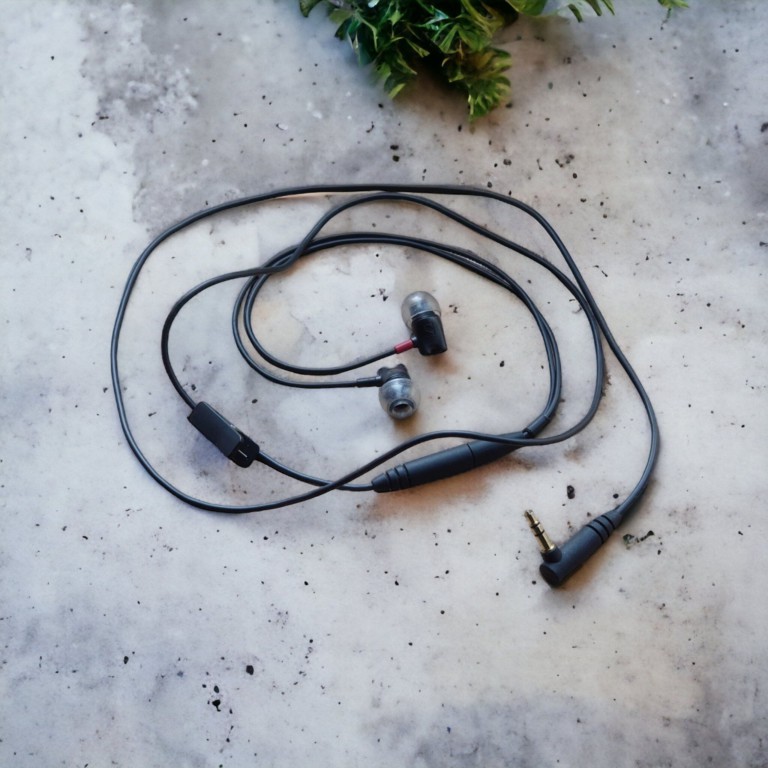
COMPARISONS
MOONDROP KATO VS IE800S
Moondrop Kato is by many considered a reference at its $189 price point. They are traditional IEMs, bigger and with cables that go around and over your ear.
Brothers by Adam Baldych
The Kato has a bigger soundstage, but it’s brighter and less refined sounding. The bass is a bit better though, the IE800S has a bit less definition in the lowest regions. That being said, IE800S is really nicely tuned. In direct comparison, the Kato feels a bit shouty.
Can’t You See by Susan Wong
I find the IE800S to sound much more organic and natural. The vocals are really breathtakingly beautiful. The Kato has a bigger soundstage and feels crisper but the IE800S is better.
CPE Bach Cello Concertos by J-G Queyras
Strings sound open and textured with the Kato. It’s presentation is very open and with lots of air. It’s crisp and bright. Moving over to the IE800S, you lose some air but get a smoother and more liquid presentation, with even more subtle detail.
Daddy Lessons by Beyonce
The Kato has an impressive great and tight bass open soundstage and great instrument separation. However, it can sound a bit metallic. The IE800S on the other hand offers a more subtle and natural presentation, more effortless and organic.
In conclusion, the IE800S is a better IEM than the Kato. The soundstage of the Kato is bigger and better focused, and the bass is tighter. However, the IE800S has a natural flow and effortlessness that’s hard to beat. It’s also superior in detail retrieval in the mid-range and treble.
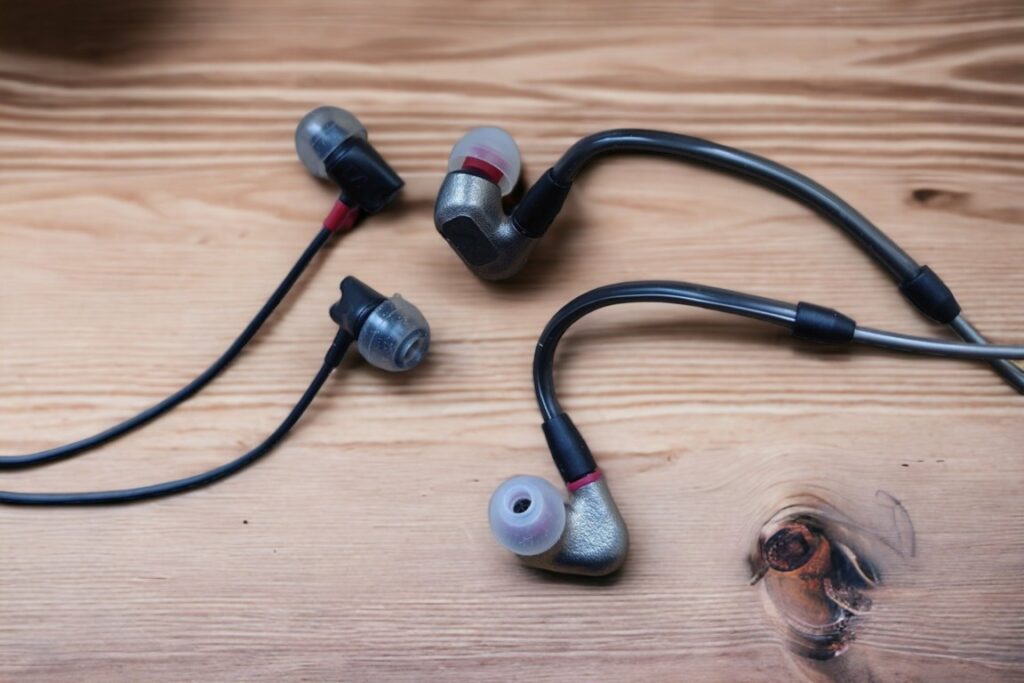
SENNHEISER IE600 VS IE800S
There is no doubt whatsoever that these are both Sennheiser’s: The IE600 and the IE800S are not tuned very differently. The two basically also require the same amount of juice to reach the same listening level.
Heating Up by Fay Victor Ensemble
This is a beautiful jazz piece with female vocals. The IE600 offers a bit more spacious soundstage. The bass seems both a bit cleaner and fuller. The mid-range, however, is a clear win to the IE800S. It’s more present and offers more clarity and texture. Vocals are vivid and natural. The vocals on the IE600 are good but feel a bit dull in comparison. Also, the treble feels a little bit better defined with the IE800S.
Higdon’s Violin Concerto – 1726 by Hilary Hahn
Both sound very good with this fabulous performance. The IE600 is a bit more spacious and is also a little less bright. The IE800S gets a bit painful in the crescendos if you don’t watch the volume levels, the IE600 is just close to painful. However, if I just set the levels correctly, they’re both wonderful. The IE600 wins in spaciousness, the IE800S in giving me the extra small bit of fine nuance.
Identikit by Radiohead
Again, the room is bigger with the IE600, and the separation between instruments is better. The bass digs deeper and is more precise. When it comes to rendering Thom Yorke’s voice, however, the IE800S has it all the way. Not that the IE600 is bad in any way, it’s just that the IE800S makes it the vocals really come through, it’s more alive and natural with more texture and nuance.
All For Us by Labyrinth
The bass on the IE600 has much more texture than the IE800S. I guess size matters after all, even though they both are tiny in absolute terms. Here, the difference in soundstage isn’t really noteworthy. The IE800S still has the best vocals.
There Is No Right Time by Youandewan
With this instrumental electronica track, the IE800S sounds clearer and crisper. It doesn’t sound inferior in the bass or in terms of soundstage. It has a little more treble energy, but also more refinement. I prefer the IE800S here.
Bijou Voyou Caillou by Florian Pellissier Quintet
Here, the bass sounds much better with the IE600. It’s deeper and more defined. However, it sometimes gets a bit too dominant. The soundstage is also bigger. With the IE800S, the vocals take the main focus, the bass is less dominating and the soundstage is smaller with less space between the instruments.
To conclude, the IE600 and IE800S have different strong points. The IE600 has better soundstage and bass quality, the IE800S has a more present, organic mid-range and more liquid highs. A blend of the two would be ideal. It makes me curious about what the IE900 can offer.
AMPLIFICATION
So far I have been using a desktop setup for my listening sessions. However, even though it might sound the best with a good desktop amp and high-quality DAC, it works surprisingly well just from my phones (LG V40 and Sony Xperia 5.2). The THX Onyx USB dongle does a very good job – quite close to the desktop rig. In fact, all portable amps we’ve tried work well, including the Dragonfly Cobalt, Red, Black, the Chord Mojo.
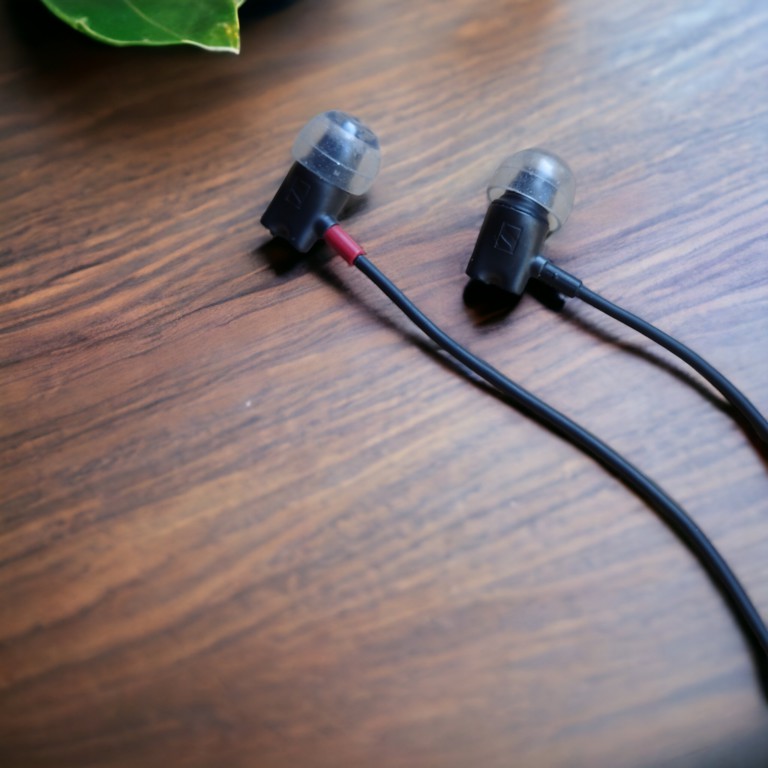
CONCLUSION
The IE800S has a natural and organic presentation that few headphones, no matter the size and price, can match. It’s not perfect – especially the imaging and bass quality could have been better. However, the strong points of this tiny marvel are so good that it deserves more than a little praise. Sennheiser, if you are reading this: We’re waiting – bring on the IE800S2!

